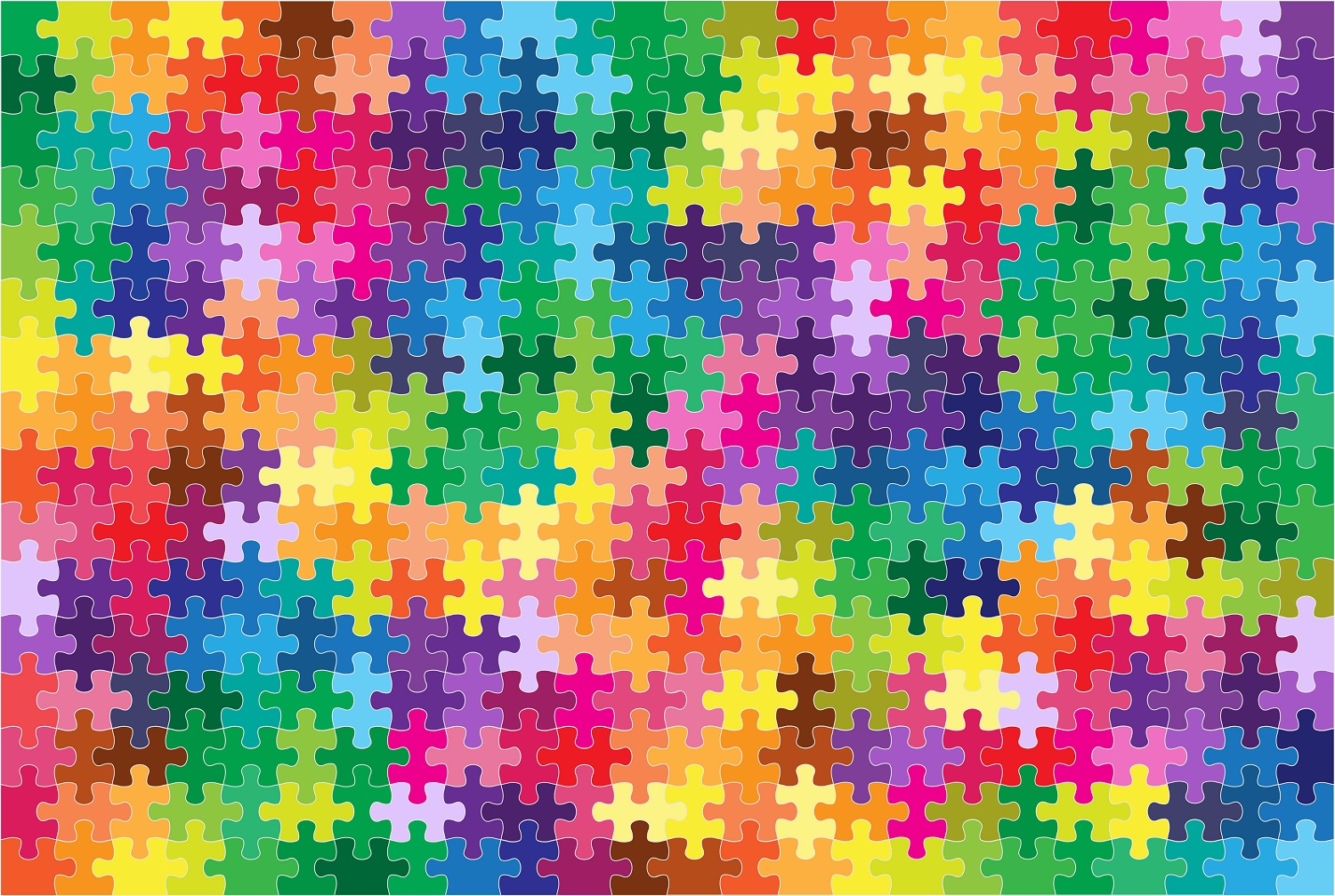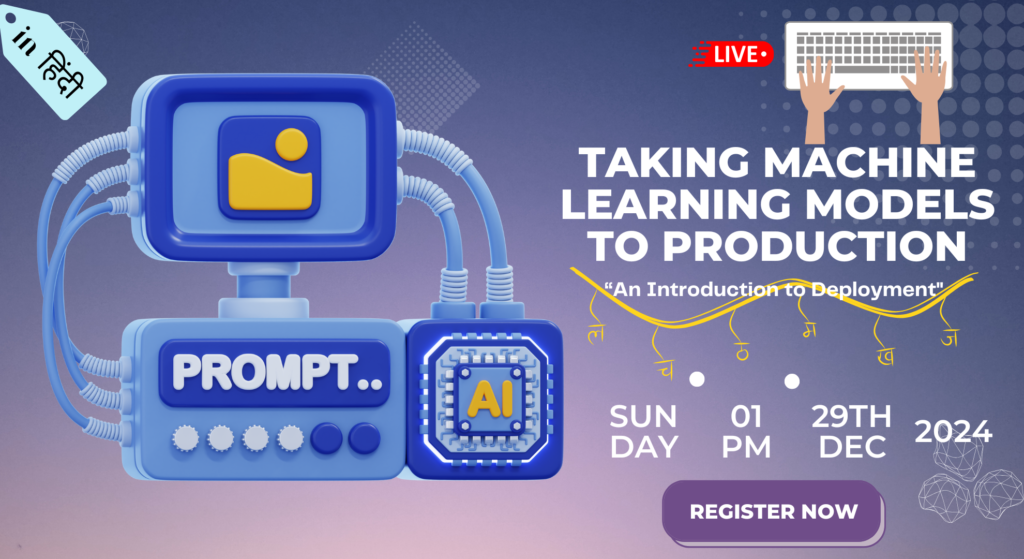I recently worked on a project at work where we were given an array of documents and had to summarize each of them in as few sentences as possible. As we’re going through this, one of my coworkers asked me, Can’t you just summarize everything in one sentence? This comment spurred me to write this blog post, because when you first think about it, it does seem like it would be easy to create one really good summary sentence that summarizes the entire document.
What Is Saliency And Why Is It Important?
Before we can discuss how to summarize a document, it’s important to understand what makes some pieces of information salient. If you’re not familiar with these two words, let me help you out: Salient refers to items that jump out from a group or background; an object’s saliency will depend on its relation and proximity to other objects. This concept is incredibly useful when summarizing texts because most documents contain sentences that contain sub-sentences that contain bullet points; you must determine which sentence is more relevant than others so your reader understands exactly what you’re trying to say. For example, if I say Sarah threw a ball, your mind will automatically try and categorize Sarah (person) vs. ball (object); for your brain to do that successfully, you need prior knowledge about both subjects.
It’s likely you’ve heard of people but not balls – so you’ll subconsciously interpret my statement as Sarah threw something, rather than Sarah threw something else. Once we know why things are salient, it becomes easier to extract their meaning during our summary process.
Saliency Detection Techniques In NLP
As we all know, What is more important in your document? question always raises while summarizing a document. For example: There are three sentences from given set of data: A B C . Which one should be used for summary? While approaching for solving problem above there is an assumption which is assumed that importance of sentence can be detected using some text processing techniques and steps followed for that would be to check N-Grams for each sentence, then measure their length and finally check how many other sentences has it as occurrence or not but still it’s very difficult to solve problem by such approach specially when size of document is large like 10k or 100k . To overcome from these issue of detecting saliency we can use below-given techniques
Processing of bag-of-words (BoW) It basically involves filtering out stop words e.g., A, An, The, etc., because they don’t convey much information about what a word means in context. Also, usually stemming is done so that words like ‘run’, ‘running’, ‘runs’ are converted into just ‘run’. Here stop words have been removed and stemmed words have been replaced with root form. The main aim here is to make sense out of larger chunks like paragraphs & sentences rather than just words or phrases within them to better understand meaning behind terms being used through understanding context within documents i.e. making up synonyms if necessary keeping original structure intact despite being substantially modified for comprehension purposes e. g. modifying passive voice to active voice by replacing nouns or adjectives with related verb forms such as made or found respectively. After both preprocessing steps are completed, Bag-of-Words approach converts all tokens into array values of booleans i.e., 0’s and 1’s based on whether there was an instance of term in document.
Applying Saliency To NLP Tasks
Saliency is an important concept for extracting meaning from text, but how does it relate to NLP tasks? In general, focusing on saliency at various points throughout your NLP project can be extremely useful, but there are some key areas to focus on: tokenization, sentence segmentation and POS tagging, named entity recognition (NER), and natural language generation (NLG). This post provides a brief overview of each of these steps and then explains how saliency can assist in each stage.
Tokenization refers to breaking up input text into discrete units, like words or numbers, known as tokens. In order to make sense of text, you need to identify specific word types within sentences and paragraphs. Without tokenization, it would be impossible to segment sentences into meaningful chunks or determine where certain parts of speech begin and end.
Other Applications Of Salience Detection
Natural Language Processing & Machine Learning : Salience detection is useful for more than just summarization tasks. There are also numerous applications of salience detection in natural language processing (NLP) and machine learning systems that rely on automatic extraction of important information from documents and other texts, such as: Named Entity Recognition (NER): Identifying entities based on their importance, like people, places or organizations. Information Extraction (IE): Automatically finding specific information out of long blocks of text, such as extracting stock prices from business news articles.
Text summarization is just one of many applications of salience detection, and as NLP technology improves, it will likely become more and more ubiquitous in our daily lives through its use in systems like self-driving cars or personal assistants like Amazon Echo. And as AI systems become even smarter, some scientists theorize that computers will be able to anticipate our needs before we ask for them, such as telling you what traffic conditions are like when you leave work based on your calendar appointments throughout the day. Regardless of whether these theories ever come to fruition, there’s no doubt that AI-driven machines are already performing tasks based on their ability to automatically extract key information from documents, emails and other texts – tasks once reserved for humans alone.
How The Future Will Impact Salience Detection
We are likely to see significant improvements in salience detection and summarization through two key developments: 1) Language Understanding Systems (LUS) will get better at identifying which terms are more important than others and 2) Continuous improvements to Content Delivery Networks (CDN) will enable on-the-fly text analysis of webpages as they load into your browser.
Today, Bing and Google use LUS to detect keywords that are more important than others on pages of search results and to rank those results accordingly. In addition, they can assign weights to different terms based on how often they appear together with other terms, which is commonly referred to as co-occurrence analysis or Latent Semantic Analysis (LSA). The more often two words appear together on webpages, the higher their weight will be in summarization algorithms when determining which words should be ranked higher.


As a Newbie, I am continuously browsing online for articles that can benefit me. Thank you